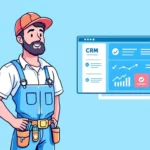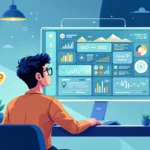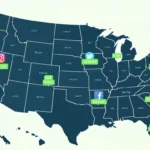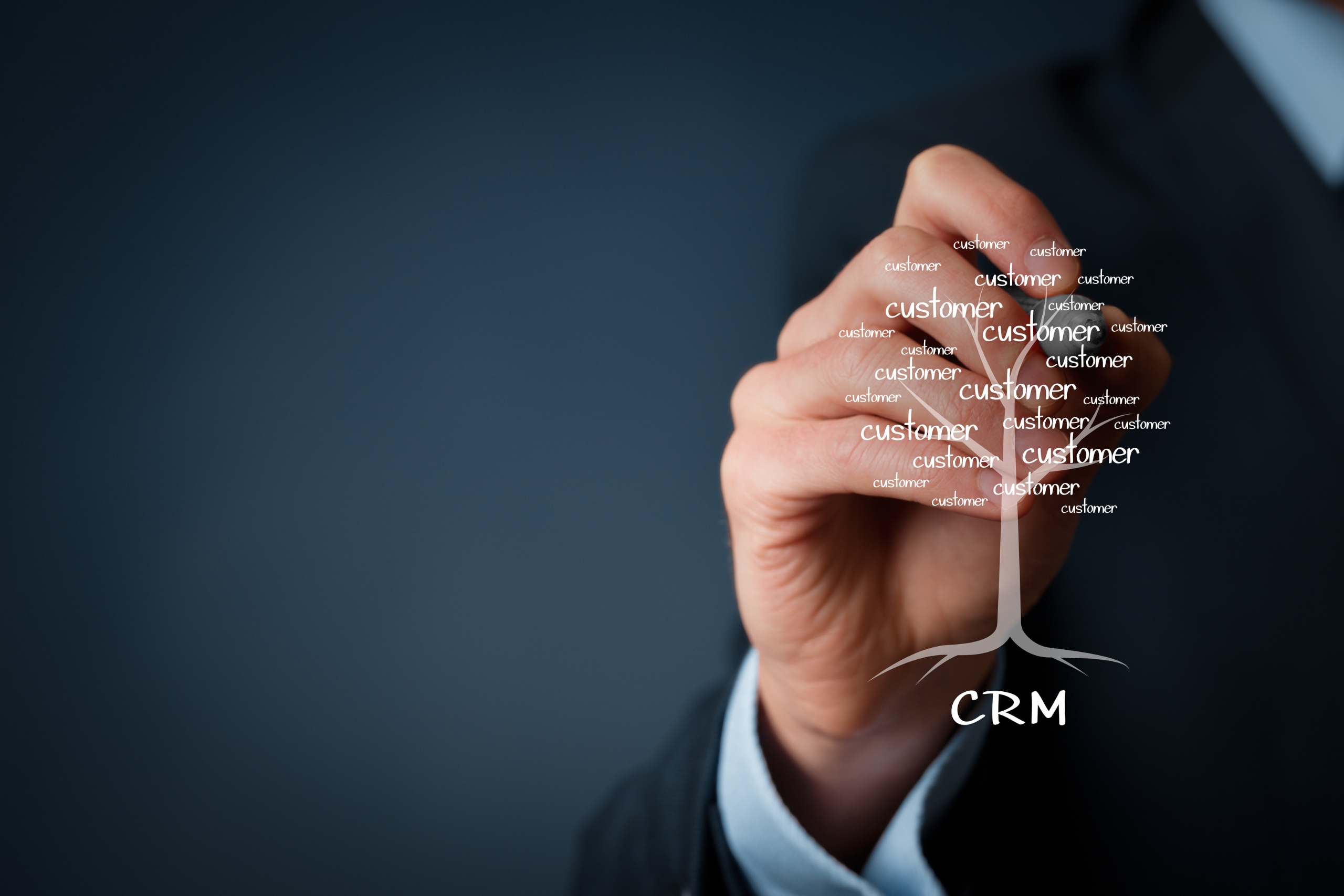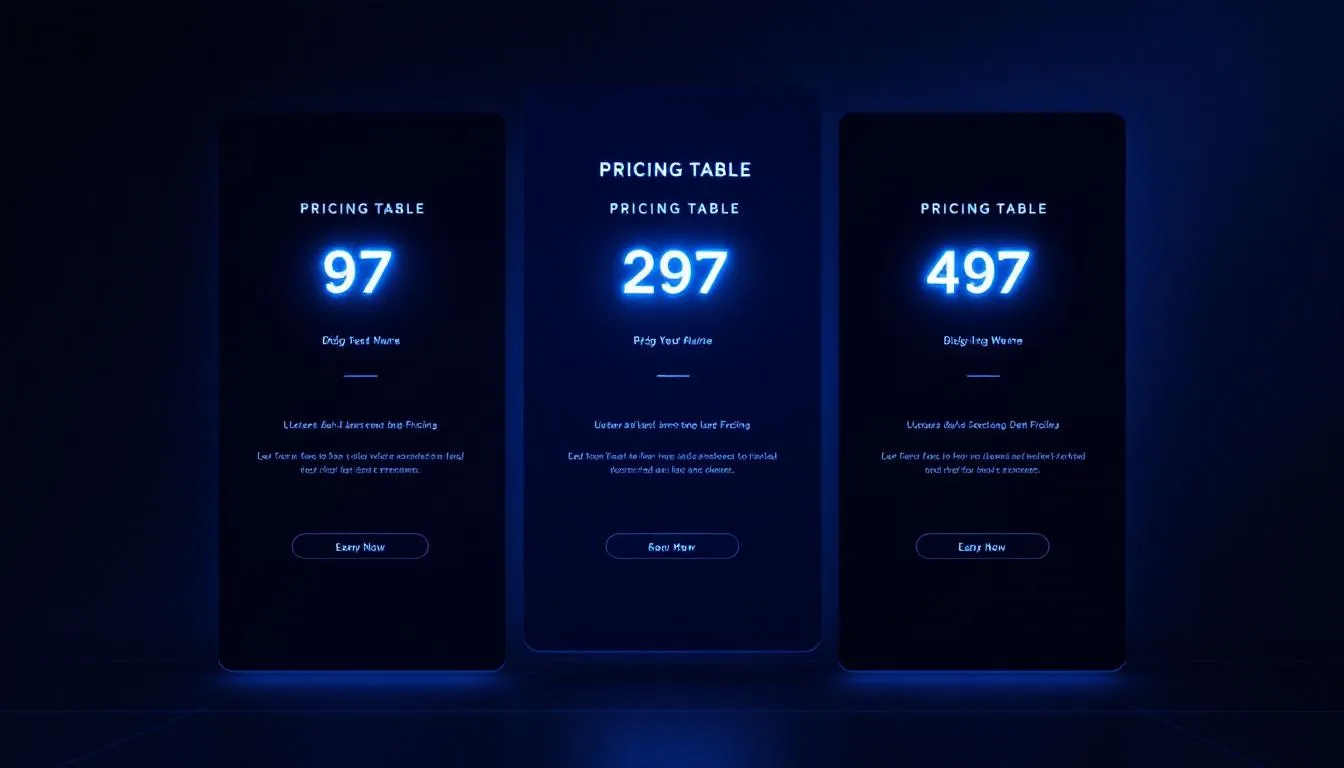Every successful firm knows that getting a client is just the start. The key to success is to keep that friendship going over time, making one-time projects into long-term agreements. To do this well, companies need to plan, understand, and improve each step of the client trip. This is possible with modern CRM systems that give you the structure, insight, and data you need to give customers a uniform experience from the first point of contact all the way through long-term engagement.
Beyond the gathering of leads, the idea of CRM client journey mapping. It focuses on figuring out how customers connect with an agency at different times, from the first question to the renewal of the contract and beyond. When agencies get good at this method, they get better results, build trust, and lay the groundwork for long-term, scalable growth.
Why Mapping the Client Journey Matters
A lot of companies only care about finishing deals and don’t put any effort into what happens next. When there isn’t an organized client trip, events tend to get broken up. Account managers may not be able to see how they’ve interacted with customers in the past, and reports may not be consistent. Sales may hand off to training without a clear process
This break in continuity can cause problems because clients may feel like they are going between separate areas instead of working with a single team. This breaks down trust and loyalty over time.
Agencies make sense of this mess by recording the client journey in a CRM. Every step is written down, automatic when it makes sense, and open to everyone involved. This makes the experience easier and more reliable, which clients like and which companies can use on a large scale.
Stage One: Awareness and First Contact
The trip starts a long time before anyone signs anything. People who want to hire an agency need to know how to find them and why they want to hire them. This is why CRMs are very important. They keep track of which sites get the most traffic, where leads come from, and how those leads connect with material.
It really helps when you can answer quickly and make notes just for each person. A CRM finds a lead, sends it to the right person on the team, and starts the follow-up process as soon as it comes in. The company will speak to persons who are talented and reliable first. Because of this early focus on details, the next connection may happen.
Smart companies that utilize CRM solutions can meet prospects when it’s ideal for them, which makes it more likely that leads will become customers. This makes everything clear right away and gets more people to switch.
Stage Two: Onboarding and Orientation
It is checked to see how quickly and easily a customer can work with the company when they sign up. People who are being taught will know they made the right choice after a well-planned process.
Right now, CRMs are useful since they make it easy to do important things and keep all the client information in one place. Jobs, welcome routines, and project due dates are all easy to keep track of when they’re due. This makes sure nothing is missed and keeps the client in the loop.
It has to be about you. To make sure that welcome texts are unique for each client and their business, use CRM data. This shows that you are skilled and pay attention. Clients do not get general directions; instead, they follow a carefully planned process that is tailored to their needs.
Stage Three: Delivery and Engagement
The business shows ads, provides services, and talks about the results during the shipping stage. A lot of teams work together right now. The account team is one of them. They also come up with new plans and ideas. If you don’t have a CRM, things could go wrong, people could get lost, or chances might be missed.
Agents can see all of their clients, project goals, and ways to check on how things are going at once with CRM tools. Teams can share information with each other to get things done faster and work together better. Follow ups and auto-notes can help you stay in touch. Clients like that you give them real-time data and are honest with them.
Watch how loyal someone is after a successful delivery to find out if they will trust you again. They are now very important because of what they do and how they talk to each other.
Stage Four: Nurturing and Upselling
It’s not enough for the customer to just get the first things. They help the client find a long-term partner so that when the time comes, they can have a child. Businesses that keep customers show that they are reliable and not just one-time service providers.
That’s when CRMs really shine because they help companies see trends, keep track of who’s involved, and make their marketing better. When a client keeps coming back to learn more about a new service, the CRM can tell the account manager that they need to start a chat with that client.
It doesn’t have to feel pushy if you offer or cross-sell based on facts. People can reach their goals with the help of agencies that give them services that meet their needs. Data can help them do this. As more money flows in, the relationship grows stronger.
Stage Five: Retention and Loyalty
The final objective of the customer journey is to keep the customer. When two or more groups chat to each other a lot, give each other updates, and keep offering value, they are more likely to be friends for a long time. This is where CRMs come in handy: they maintain track of customers and make sure none of them go missing.
Clients stay informed and interested with follow-ups, success reports, and remarks on refills. Businesses may even forecast what their consumers will desire by looking at historical data. This allows them solve issues before they grow worse.
It’s better to retain folks than to obtain new ones most of the time. Get a new client, but don’t lose the ones you currently have. They’ll probably inform their pals about your company. When you plan out the recall stage in a CRM, you can prepare for this phase of the journey as well as the sale.
Aligning Teams Around the Client Journey
One of the finest things that may happen when you organize the client trip is if everyone in the business gets along. Teams can’t work separately when they all have access to the same CRM data. We call this taking down walls. Everyone can see what the person has done, what they like, and how they are right now.
Together, we make things easier for our clients and run more smoothly in our business. There won’t be as many touch breaks and jobs won’t have to be done twice as often. Over time, this planned method becomes part of the agency’s way of thinking. This makes it different from competitors who work in different ways.
Data as the Foundation of Journey Optimization
The client path needs to be mapped out more than once. We are always measuring it and making it better. When companies use CRMs, they can find weak spots in the trip and make them better over time.
The agency can change how often they talk to leads or improve their teaching tools if data shows that a lot of them drop off during the hire process. After a certain amount of time, if you want to keep clients, you can use focused support efforts to get them excited again.
This data-driven way of planning the client trip is helpful from a strategy point of view. Companies don’t guess when they make decisions; they use facts. This keeps customers happy and helps them succeed in the long run.

Conclusion
Companies can’t ignore the client road in a market that’s getting more and more cutthroat. From getting new information to keeping old clients, organized CRM client journey mapping helps businesses give all of their customers the same experience. Companies that use CRM systems can get their teams to work together, make relationships more personal, and make changes based on facts that make people trust and believe in the company more.
When a business sees every contact with a customer as a chance to learn more about them, they build strong relationships that help them grow over time. It changes the way the business works and helps customers at the same time. The system is strong and can be used again and again.
A company that wants to keep clients longer should learn about advanced client journey maps and the best tools for keeping clients excited over time.



